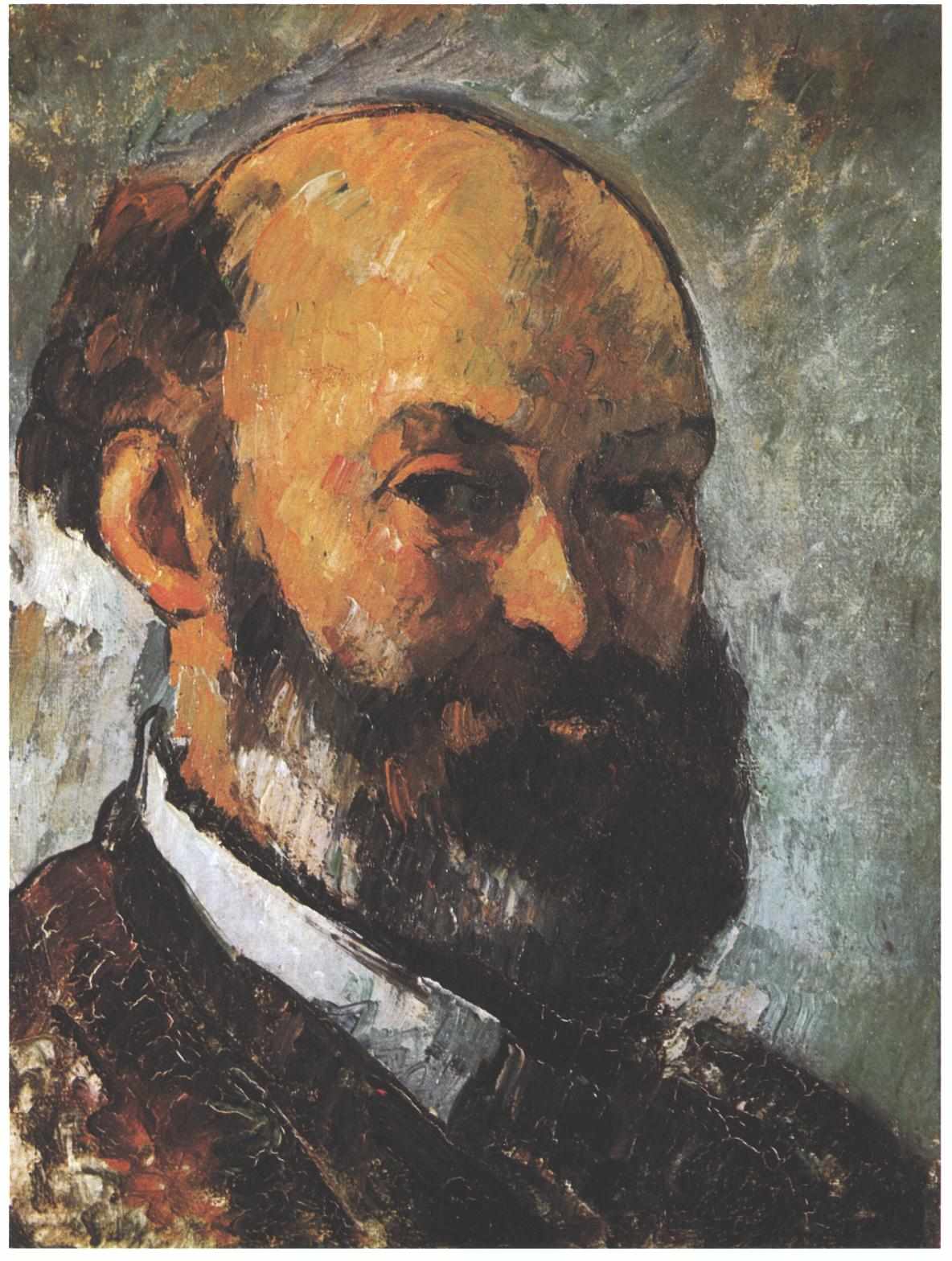Exactly on this day in 1839 Paul Cezanne, the grandfather of 20th century abstractionists was born. Both Matisse and Picasso are said to have remarked that Cézanne "is the father of us all."
The still life was a principal theme throughout Paul Cézanne's artistic career. Using a repertoire of everyday objects such as fruit, jugs, bottles, and plates, he experimented with relationships of form, color, and pattern. Although the groupings seem casual, Cézanne is known to have taken great care with the arrangement, sometimes spending hours positioning the objects.
In this brightly colored watercolor, Cézanne's monumental conception of form is evident: the jug, the two pots, one white, one blue, and the seven apples assume a physical presence beyond normal perception of their existence. Using small patches of color laid next to one another, Cézanne evoked the plasticity of substance, building form rather like bricks build structures. His fresh and vigorous brushstrokes are visible against the background wall as areas of greens and blues are juxtaposed. The apples are described with red arcs around the perimeter, then yellow brushstrokes next to the red; the empty middle suggests light reflecting off the surface. Curving brushstrokes of brown, green, and blue that seem to blend with the bottom half of the wall actually compose the tablecloth.


 Paul Cézanne
Paul Cézanne